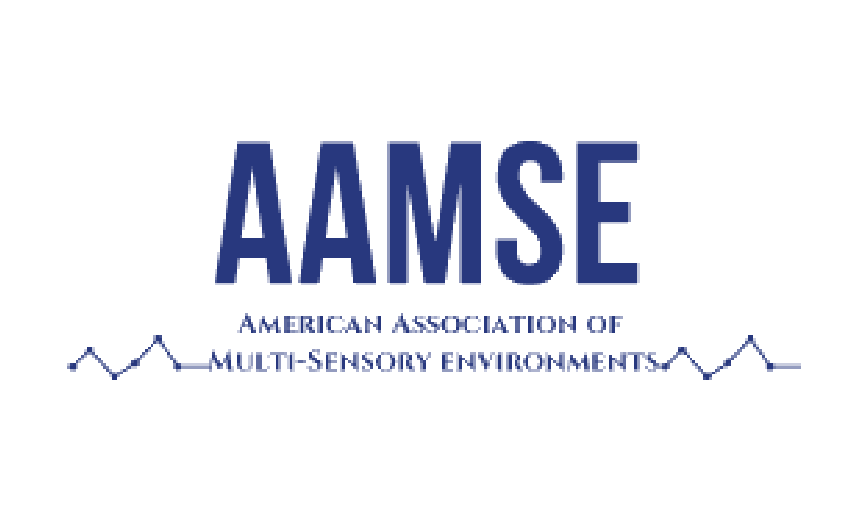December 2025
INTERNATIONAL DAY OF PERSONS WITH DISABILITIES
Cover Photo: Rick Guidotti, Positive Exposure
HELEN JOURNAL December 2025
A Classic Image for an Important Day
The classic image by Positive Exposure, originally taken in 2005, graces this month’s Helen Journal cover. It is a celebration of the International Day of Persons with Disabilities and its landmark importance, which takes place on December 3rd. Observance was proclaimed in 1992 by the United Nations General Assembly resolution 47/3.
About the cover photo: Positive Exposure’s Rick Guidotti collaborated with the Siloe School for the Blind in Polokwane, a Northern province of South Africa. The collaboration created opportunities to raise awareness of the school and the amazing impact it had on the lives of the students that were blind or visually impaired and their families.
More: One Candle for the Cake: International Day of Persons with Disabilities
Featured
Past Issues
Check out last month’s issue
and remember more articles will be posted next month.
Columns

Helen proudly features photos from Rick Guidotti for Positive Exposure.
Your Journey
Do you have an ability story to share? We want to hear from you. Tell us your exceptional story. Submit it today!
Endorsing Organizations:







































